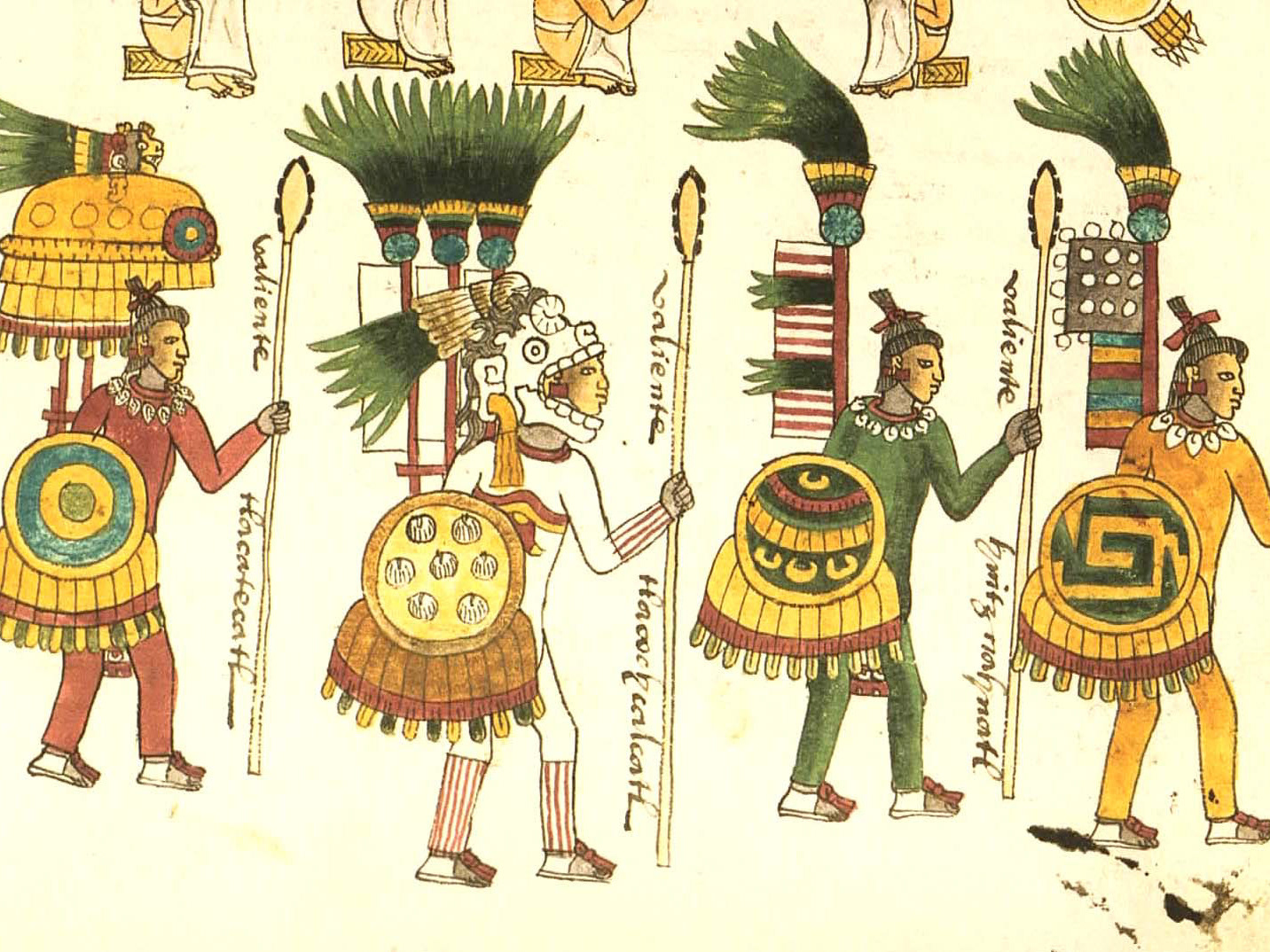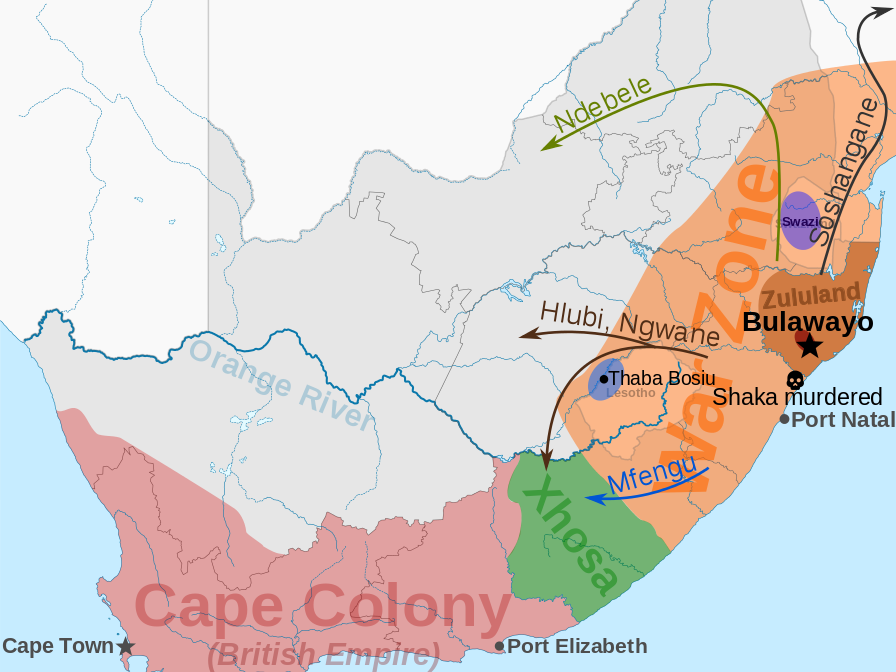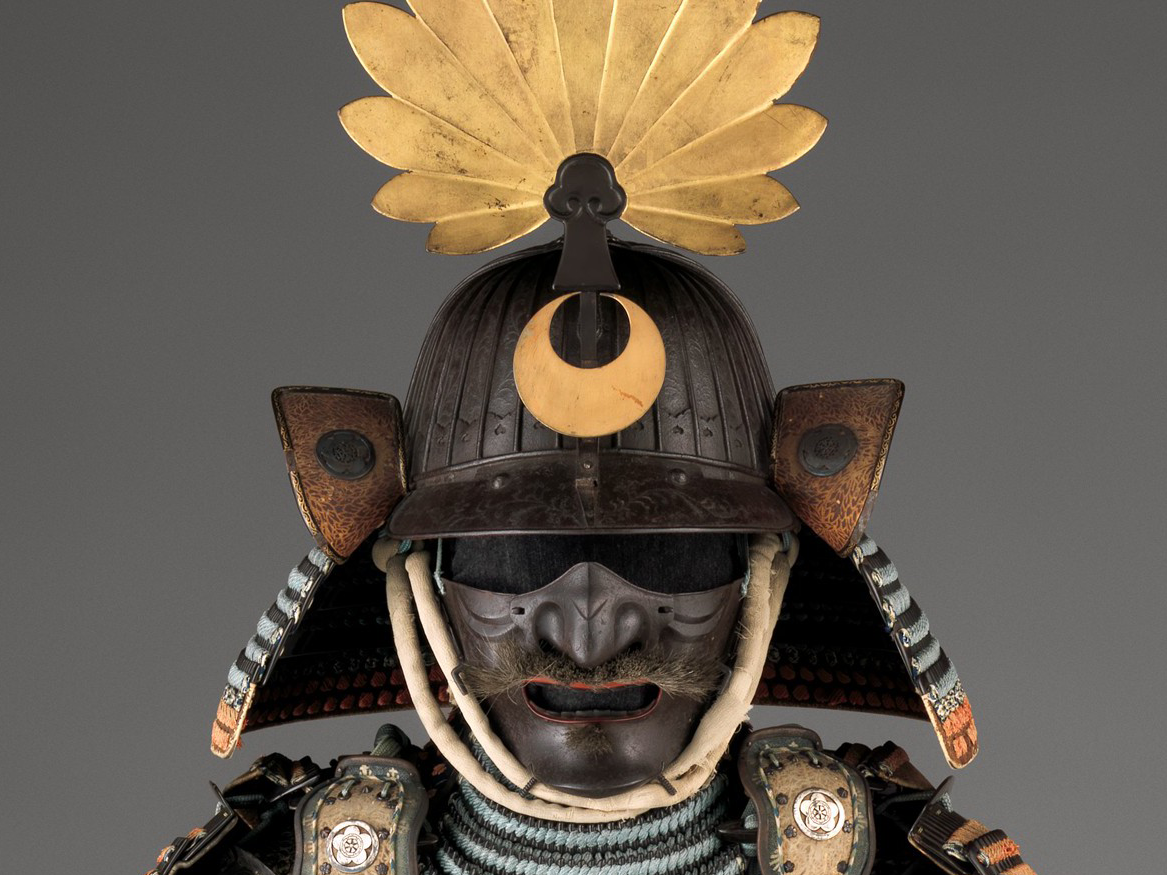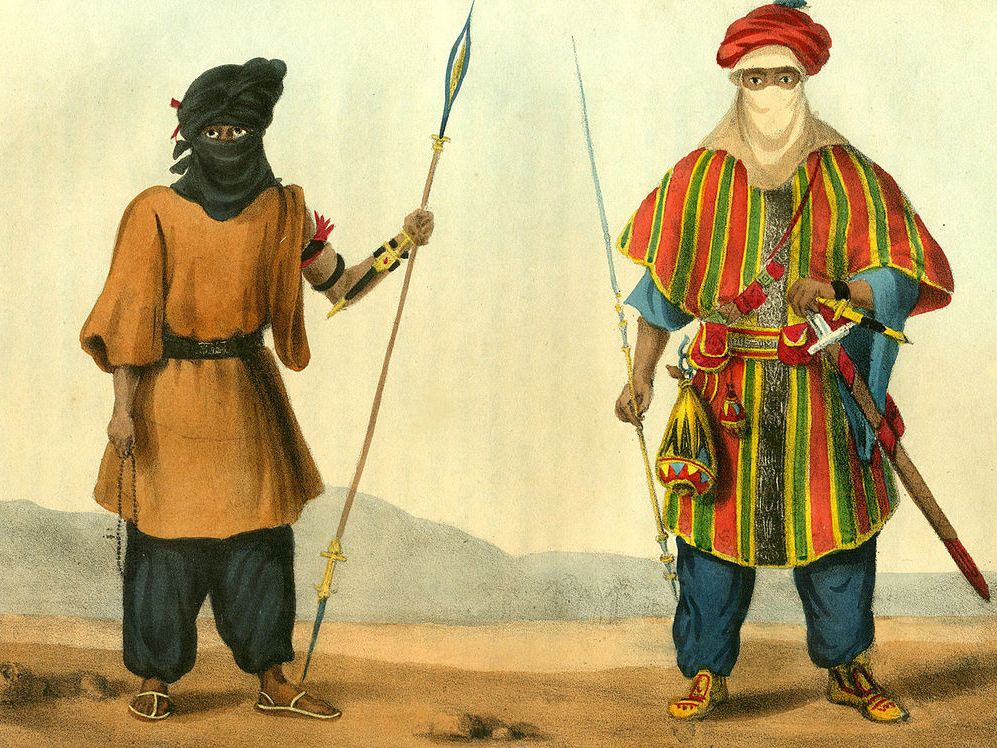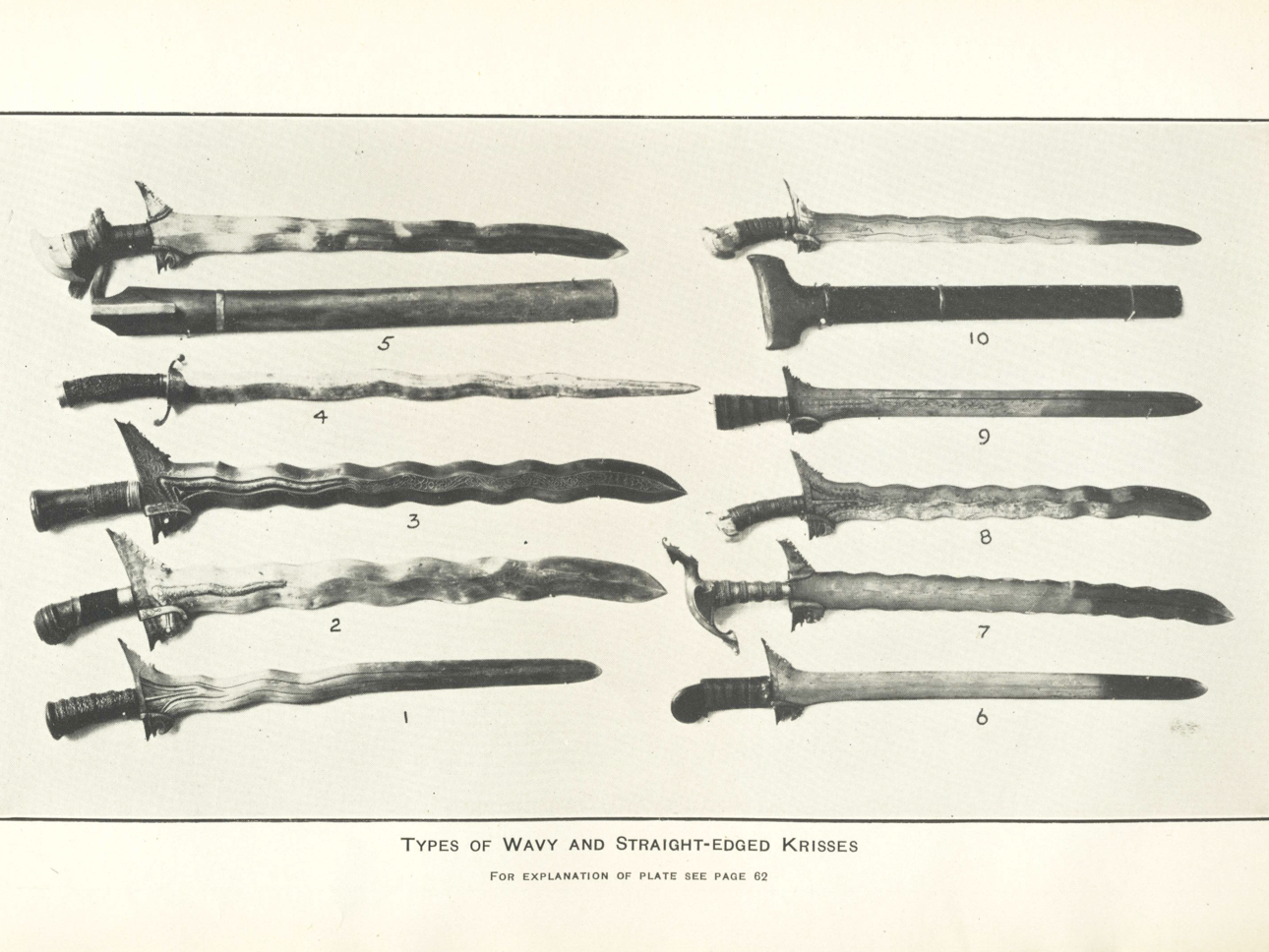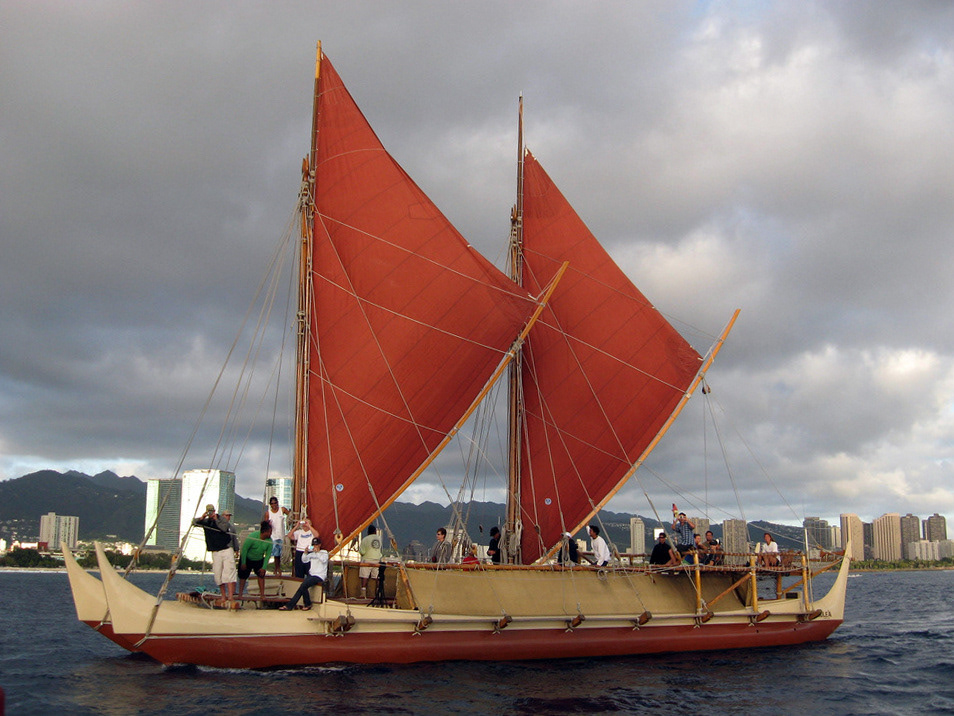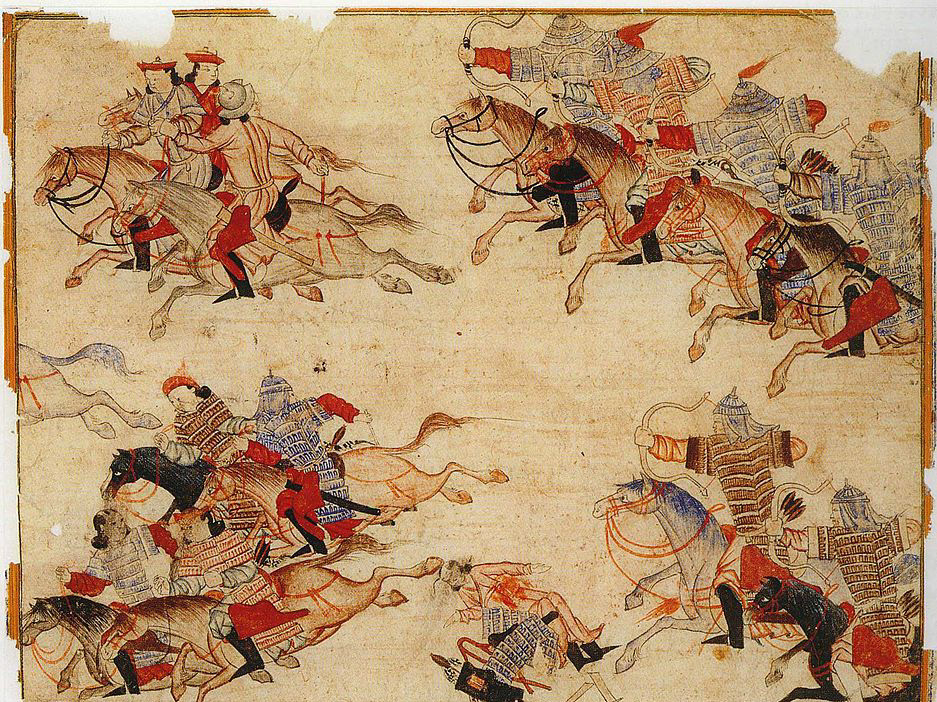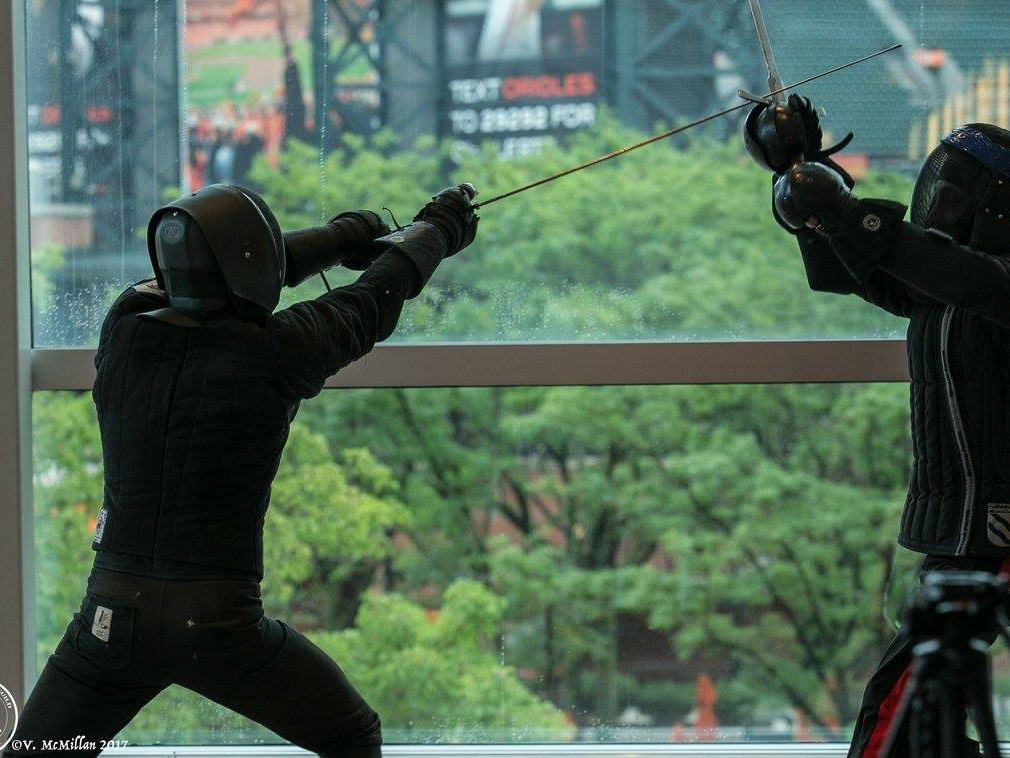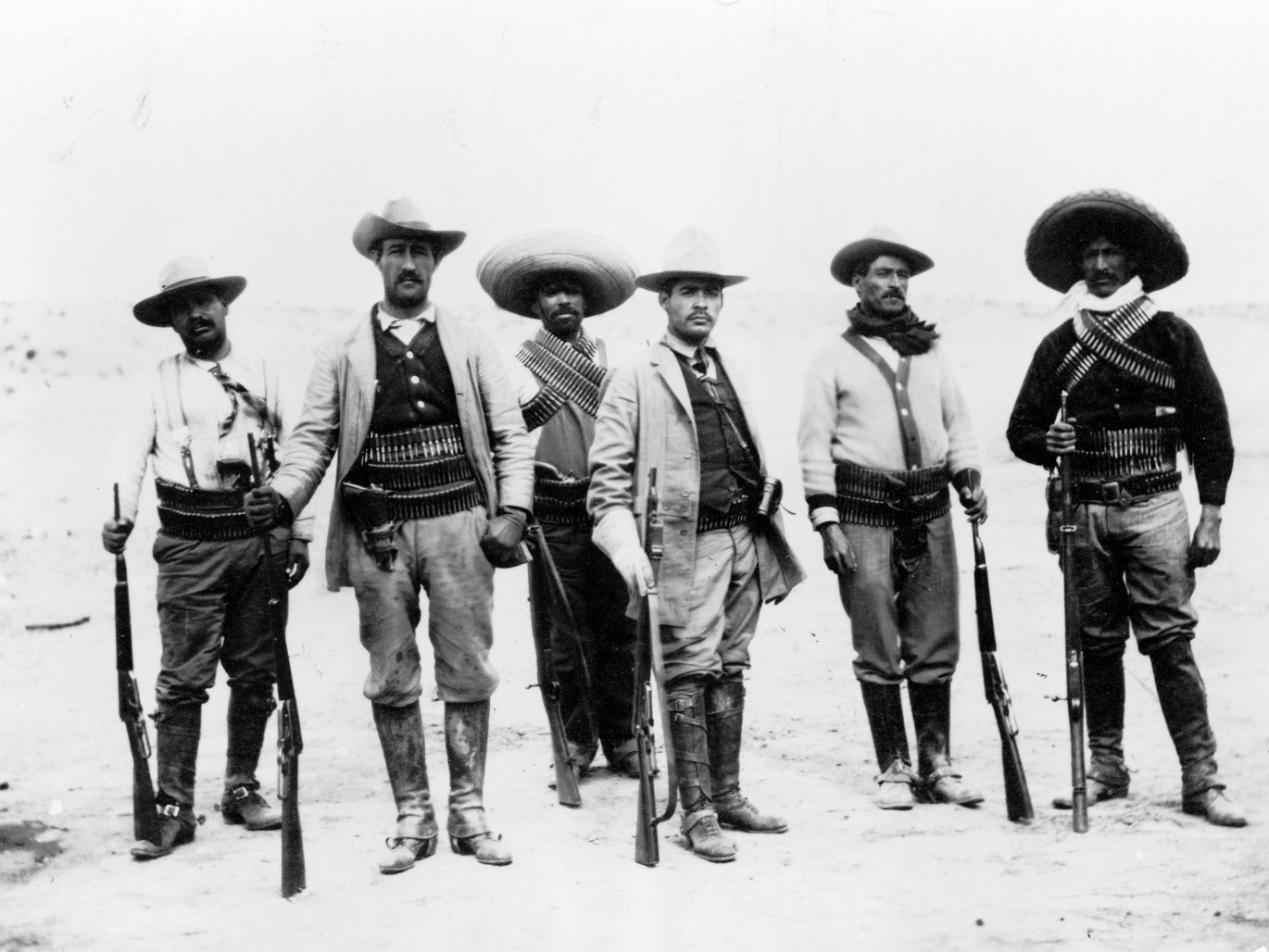Works Cited
Footnotes
[1] “Suleiman the Magnificent - New World Encyclopedia.”
[2] “Military Organization of the Ottoman Empire.”
[3] “Arms and Weapons | Topkapı Palace Museum Official Web Site.”
[4] “Auspicious Incident | Ottoman History | Britannica.Com.”
[5] R. G. Grant, Battle A Visual Journey Through 5,000 Years Of Combat.
[6] R. G. Grant.
[7] R. G. Grant.
[8] R. G. Grant.
[9] R. G. Grant.
[10] “Ottoman Tactics.”
[11] “Yataghan / Sword.”
[12] scholagladiatoria, The Ottoman and Balkan Yataghan Sword/Knife.
[13] scholagladiatoria.
[14] “Sword (Kilij) with Scabbard | Turkish | The Met.”
[15] scholagladiatoria, Early Development of Sabres - Introduction.
[16] “The Antique Ottoman Maces.”
[17] “The Antique Ottoman Maces.”
[18] “Turkish Traditional Archery Part II.”
[19] “Turkish Traditional Archery Part I,” 1.
[20] “Turkish Traditional Archery Part II.”
[21] “Turkish Traditional Archery Part II.”
[22] “Turkish Traditional Archery Part II.”
[23] “Pistols of the Ottoman Empire.”
[24] R. G. Grant, Battle A Visual Journey Through 5,000 Years Of Combat.
[25] “Rifles in the Ottoman Empire.”
[26] R. G. Grant, Battle A Visual Journey Through 5,000 Years Of Combat.
[27] “Cavalry in Islamic History.”
[28] “Sipahi | Ottoman Cavalry.”
[29] “Cavalry in Islamic History.”
[30] Armor, “Islamic Arms and Armor | Essay | Heilbrunn Timeline of Art History | The Metropolitan Museum of Art.”
[31] Alexander, “Two Aspects of Islamic Arms and Armor.”
[32] Davis, 100 Decisive Battles.
[33] “Brief History Of Ottoman Ship Building.”
[34] “Brief History Of Ottoman Ship Building.”
[35] “Brief History Of Ottoman Ship Building.”
[36] Brian Lavery, Ship The Epic Story Of Maritime Adventure.
[37] “Lateen Sail | Sail.”
[38] “Brief History Of Ottoman Ship Building.”
[39] “Brief History Of Ottoman Ship Building.”
Citations
Alexander, D. G. “Two Aspects of Islamic Arms and Armor.” Metropolitan Museum Journal 18 (1983): 97–109. https://doi.org/10.2307/1512801
Armor, Author: Department of Arms and. “Islamic Arms and Armor | Essay | Heilbrunn Timeline of Art History | The Metropolitan Museum of Art.” The Met’s Heilbrunn Timeline of Art History. Accessed May 21, 2018. https://www.metmuseum.org/toah/hd/isaa/hd_isaa.htm
“Arms and Weapons | Topkapı Palace Museum Official Web Site.” Accessed May 21, 2018. http://topkapisarayi.gov.tr/en/content/arms-and-weapons
“Auspicious Incident | Ottoman History | Britannica.Com.” Accessed May 21, 2018. https://www.britannica.com/topic/Auspicious-Incident
Brian Lavery. Ship The Epic Story Of Maritime Adventure. Edited by Peter Frances. DK Publishing, n.d
“Brief History Of Ottoman Ship Building.” Accessed May 21, 2018. http://www.turkishculture.org/military/naval-171.htm
“Cavalry in Islamic History.” Accessed May 21, 2018. http://www.tauhid.net/cavalry_in_Islam.html
Davis, Paul K. 100 Decisive Battles: From Ancient Times to the Present. New York: Oxford University Press, 2001
Encyclopedia Britannica. “Lateen Sail | Sail.” Accessed May 21, 2018. https://www.britannica.com/technology/lateen-sail
“Military Organization of the Ottoman Empire.” Accessed May 21, 2018. http://turkmeniya.tripod.com/id24.html
“Ottoman Tactics.” Accessed May 30, 2018. http://www.theottomans.org/english/campaigns_army/index_5.asp
“Pistols Of the Ottoman Empire.” Accessed May 21, 2018. http://www.turkishculture.org/military/arms/pistols/pistols-ottoman-empire-168.htm?type=1
R. G. Grant. Battle A Visual Journey Through 5,000 Years Of Combat. Edited by David John. DK Publishing, n.d
“Rifles in the Ottoman Empire.” Accessed May 21, 2018. http://www.turkishculture.org/military/arms/rifles/rifles-ottoman-empire-167.htm?type=1
scholagladiatoria. Early Development of Sabres - Introduction. Accessed May 21, 2018. https://www.youtube.com/watch?v=KxPnH3M0RO4
scholagladiatoria. The Ottoman and Balkan Yataghan Sword/Knife. Accessed May 21, 2018. https://www.youtube.com/watch?v=sneyhtx3L5o
Encyclopedia Britannica. “Sipahi | Ottoman Cavalry.” Accessed May 21, 2018. https://www.britannica.com/topic/sipahi
“Suleiman the Magnificent - New World Encyclopedia.” Accessed May 15, 2018. http://www.newworldencyclopedia.org/entry/Suleiman_the_Magnificent
The Metropolitan Museum of Art, i.e. The Met Museum. “Sword (Kilij) with Scabbard | Turkish | The Met.” Accessed May 21, 2018. https://www.metmuseum.org/art/collection/search/32184
“The Antique Ottoman Maces.” Accessed May 21, 2018. http://www.turkishculture.org/military/arms/antique-ottoman-maces-169.htm?type=1
“Turkish Traditional Archery Part I.” Accessed May 21, 2018. http://www.turkishculture.org/military/arms/archery-748.htm
“Turkish Traditional Archery Part II.” Accessed May 21, 2018. http://www.turkishculture.org/military/arms/archery/archery-part-ii-756.htm?type=1
British Museum. “Yataghan / Sword.” Accessed May 21, 2018. http://www.britishmuseum.org/research/collection_online/collection_object_details.aspx?objectId=670340&partId=1
